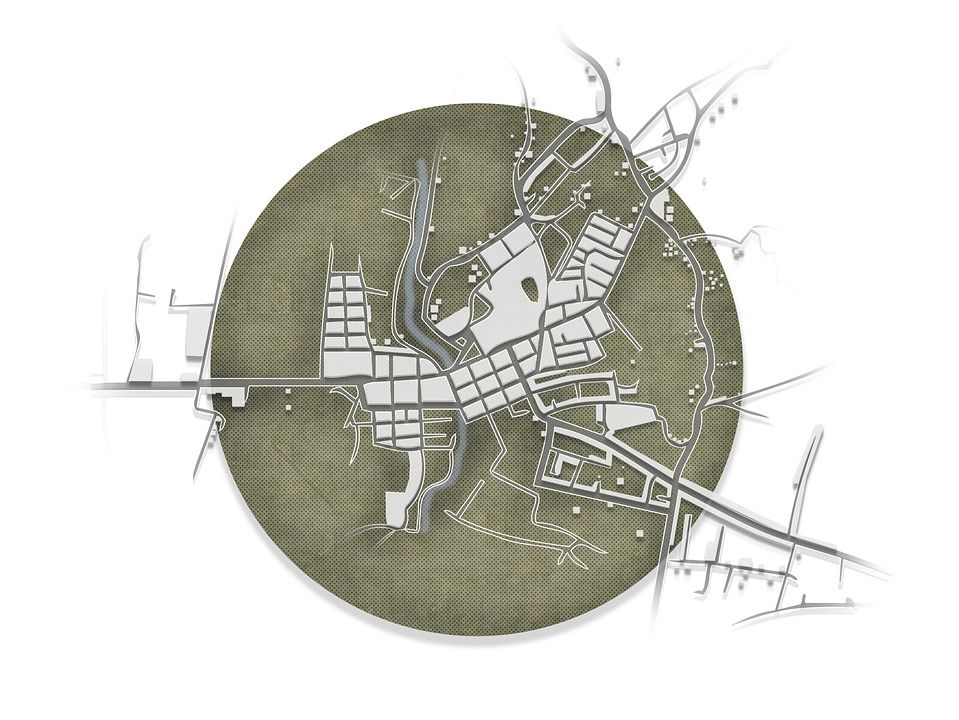Rhetorical Tricks With Density

A council candidate recently stated the following on their Facebook page:

I can assure you that Prairie Village is not the most dense Class A city in Kansas. This is because our State has no such thing as a Class A city.
Jokes aside, I assume this person meant that Prairie Village is the densest city of the first class in Kansas. Cities in Kansas are designated as first, second, or third-class cities. Usually, this is by population. PV, with its current population, could qualify as a second-class city, but at one point, PV was about 25% bigger and denser than today, so it probably would have necessitated it becoming the first-class city that it is today. First-class cities in Kansas tend to be the largest cities by population, though some are relatively small.

The cities in this list are fairly large by land area. Prairie Village is the second-smallest city by land area on this list. The smallest is Fort Scott, Kansas (population 7715), which is similar in land area to PV.
Do you see the rhetorical trick?
Many of these cities are multiple times the physical size of PV, so it stands to reason that density would be lower. Overland Park is roughly 12x the area of PV, KCK is roughly 20x the area of PV, and Wichita is ~26x the area of PV. What's more, the populations in these cities are not spread evenly across their land area. These cities include substantial commercial, agricultural, and industrial districts where few live. This argument compares PV, a fully developed city with almost all residential districts, to many uninhabited spaces in other cities. It's not a good comparison. That's on purpose. The idea is to make us feel "too dense" or on the cusp of hitting some dangerous density threshold. We aren't.

Another comparison I've seen is comparing Prairie Village only to cities larger than 10,000 people. Why this arbitrary number? Well, because four cities in Johnson County are more dense than Prairie Village:
- Westwood Hills
- Westwood
- Roeland Park
- Mission
The largest of these cities? Mission with a population of 9618 in the 2021 Census. Hence the reason for the 10,000+ cutoff. It's a strong look to be number one (with some caveats). Prairie Village isn't the densest city in the state or even the county. And density doesn't correlate strongly with home values given the cities in this list.
Drilling Down Some More
It's helpful to visualize the data on a map. Here are the census tracts from the 2021 Census. Green tracts have a higher density than the PV average. Red tracts have a lower density.
What you'll notice is that density is clustered into established neighborhoods. You'll also notice that it's easy to argue about density when using arbitrary cutoffs in population or city lines. Taking a step back and looking at Census areas, you'll see that density can vary quite a bit within a city. You'll notice some other things, too. A big swath of North Overland Park, about the same size as Prairie Village...is more dense than Prairie Village. As is Mission. And so are Waldo and Brookside. Even a similarly-sized piece of Olathe is denser than PV. All desirable, nice places to live. Not drowning in trash, cars, kids, or dogs.
For a more fine-grained map that's by Census Block instead of Census tract, you can check out this other one I put together for Jackson and Johnson Counties. Perhaps you'll see some interesting and surprising things!
Thinking More Clearly about Density
Density isn't something to be viewed as a good/bad binary characteristic. It's something that comes along with other development decisions a city makes. Denser cities can become economically stronger provided they've planned for the people that reside in them. Less-dense cities can be less strong and more subject to fluctuations in property values than their denser counterparts. Additionally, with a narrower tax base, less dense cities have fewer options for developing and maintaining their infrastructure because costs fall on a narrower group of people. This problem is compounded when a smaller group of residents is spread over a larger land area.
In a subsequent post, I'll share my thoughts on how density is one of Prairie Village's strengths and how we can leverage it with good planning to remain financially resilient with world-class services and amenities into the future.